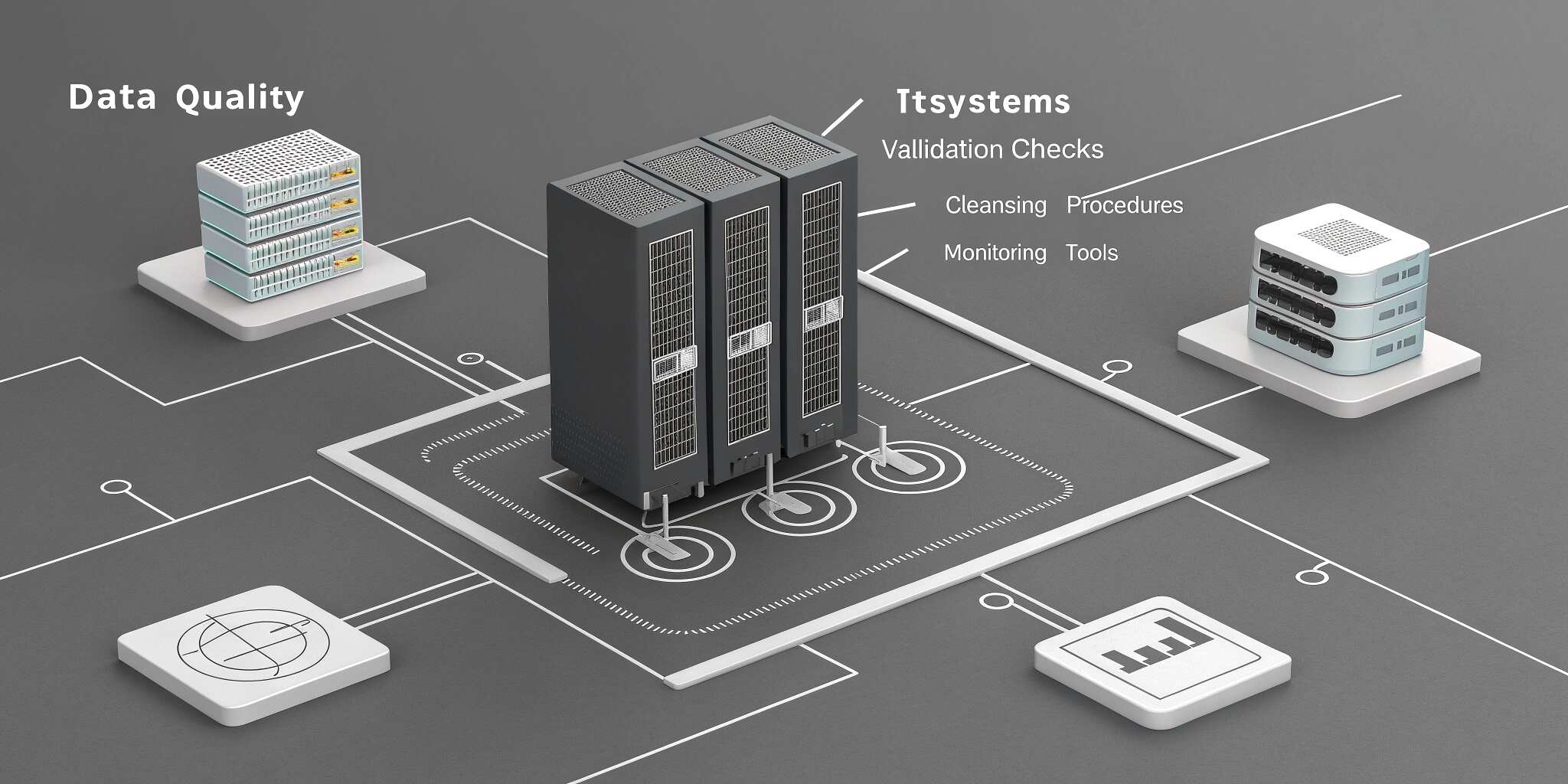In today’s data-driven world, poor data quality can lead to costly errors, failed initiatives, and misinformed decisions. For IT teams, ensuring consistent and accurate data across systems isn’t just good practice—it’s essential. Here's how to achieve it effectively.
Why Data Quality Matters in IT
- Improved decision-making based on accurate information
- Smooth system integrations across applications and platforms
- Enhanced customer experiences from consistent, error-free data
- Regulatory compliance with standards like GDPR, HIPAA, and SOX
- Cost savings from reduced rework and system errors
Key Dimensions of Data Quality
- Accuracy – Data must reflect the real-world entities correctly.
- Completeness – No missing values or critical fields.
- Consistency – Uniform data across all systems.
- Timeliness – Updated and available when needed.
- Validity – Data conforms to expected formats and standards.
- Uniqueness – No duplicates or redundancy.
Top Strategies to Ensure Data Quality Across IT Systems
1. Implement Strong Data Governance
- Define data ownership and accountability.
- Create policies for data entry, access, and usage.
- Establish a Data Governance Council to oversee practices.
2. Use Data Quality Tools
Leverage tools like:
- Informatica Data Quality
- Talend
- IBM InfoSphere
- Microsoft Purview
- Ataccama
These tools help with profiling, cleansing, deduplication, and monitoring.
3. Automate Data Validation
- Integrate validation rules into your data pipelines.
- Use APIs and scripts to check formats, ranges, and consistency automatically.
4. Create a Master Data Management (MDM) System
- Centralize core data entities (like customers, products, etc.)
- Synchronize MDM across platforms to avoid silos and mismatched records.
5. Monitor and Audit Data Regularly
- Set up dashboards and reports to track anomalies.
- Perform scheduled audits to review data sources and transformations.
6. Educate and Train Teams
- Provide training on the importance of data quality.
- Encourage adherence to naming conventions, formatting standards, and entry protocols.
7. Ensure Clean Data at Source
- Garbage in = garbage out. Address data issues at the point of capture.
- Use dropdowns, validations, and controlled vocabularies in forms and entry points.
Challenges You May Face
- Multiple data sources with different formats and owners
- Lack of unified data standards across business units
- Real-time integration needs making validation harder
- Change resistance from teams and legacy systems
Future-Proofing Your Data Quality Efforts
- Incorporate AI/ML models to detect anomalies and automate cleansing.
- Leverage cloud data warehouses with built-in governance (like Snowflake, BigQuery).
- Adopt data mesh or fabric architecture for distributed data ownership with central policies.
Conclusion:
Ensuring data quality is not a one-time project—it’s a continuous process embedded into your IT operations. With a combination of governance, automation, tools, and cultural change, IT leaders can build systems that are as trustworthy as they are powerful.


